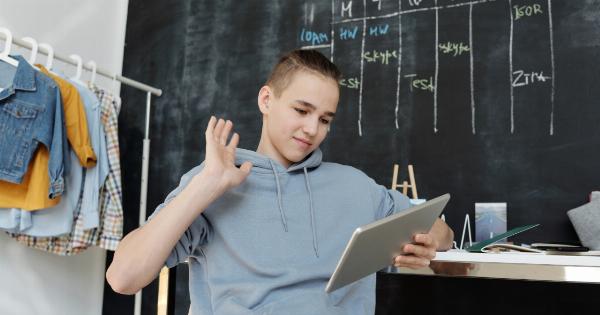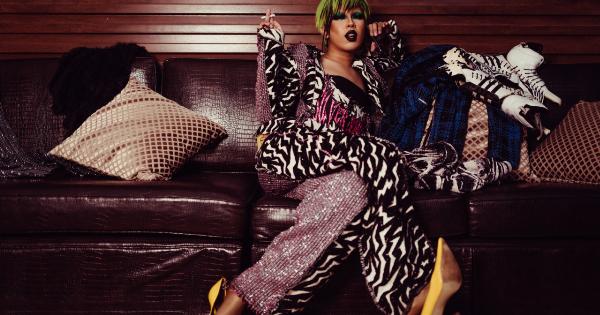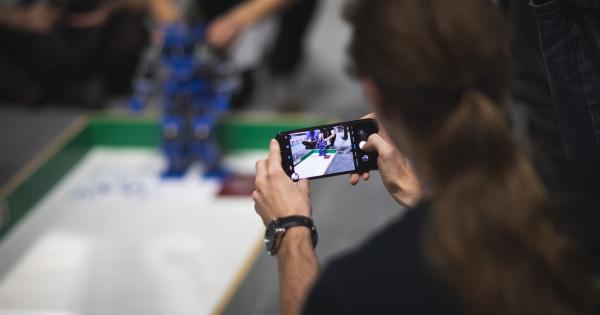Nonverbal communication plays a significant role in human interactions, often conveying messages that go beyond verbal words.
Female leg gestures are one aspect of body language that can provide valuable insights into a person’s thoughts, emotions, and intentions. By paying attention to these nonverbal cues, one can gain a deeper understanding of the hidden messages behind the movement and positioning of a woman’s legs.
The Power of Body Language
Body language is an essential component of communication, accounting for a significant portion of our overall message.
While verbal communication relies on words, nonverbal cues, such as facial expressions, hand gestures, and body movements, can add depth and nuance to our interactions. Among these nonverbal cues, leg gestures have their own unique characteristics and meanings.
Leg Cross
One of the most common leg gestures observed in women is the leg cross. Crossing the legs can have various meanings depending on the context and positioning:.
-
Ankle Cross: When a woman crosses her ankles, it often signifies a closed or defensive posture. This leg gesture may indicate a lack of interest, discomfort, or a desire to protect oneself from further interaction.
-
Knee Cross: Crossing the legs at the knees is a more relaxed and comfortable posture. However, the direction in which the knees point can reveal different intentions.
If the knee points away from the person or towards an exit, it might signal a desire to leave or disengage from the current situation.
-
Thigh Cross: When a woman crosses her legs high at the thigh, this posture often conveys confidence and self-assuredness. It can also be seen as a sign of dominance, especially when combined with upright posture and direct eye contact.
Legs Uncrossed
A woman’s legs being uncrossed can also communicate information about her thoughts and emotions:.
-
Parallel Legs: When a woman’s legs are parallel, it indicates an open and relaxed posture. This leg gesture suggests approachability and engagement in the conversation or situation at hand.
-
Legs Apart: Sitting with legs slightly apart can indicate a more dominant and confident stance. It can project self-assuredness and signal an individual’s readiness to take charge or assert themselves.
-
One Leg Extended: Extending one leg while the other remains bent can be a sign of interest and engagement. This leg gesture often indicates attentiveness or a desire to connect with the person or topic at hand.
The Importance of Context
While understanding the different leg gestures provides valuable insights, it is crucial to consider the context in which they occur. Leg gestures should be interpreted alongside other nonverbal cues and contextual factors to avoid misinterpretation.
Cultural norms, personal habits, and individual variations can also influence the meaning and significance of leg gestures.
Additional Nonverbal Cues
Leg gestures work in conjunction with other nonverbal cues to communicate a person’s thoughts and emotions. Some other nonverbal cues that can supplement the interpretation of leg gestures include:.
-
Facial Expressions: A person’s facial expressions, such as smiles, frowns, or raised eyebrows, can provide insights into their emotional state.
-
Hand Movements: Gestures made with the hands can convey emphasis, enthusiasm, or hesitation, aiding in the understanding of the overall message.
-
Posture: The way an individual holds their body (e.g., slouched or upright) can reveal their confidence level or level of interest in the conversation.
-
Eye Contact: Maintaining or avoiding eye contact can provide clues about a person’s level of engagement, trust, or discomfort.
Importance of Active Listening
While deciphering leg gestures is valuable, it is essential to engage in active listening when interpreting nonverbal cues.
Paying attention to both verbal and nonverbal communication can provide a deeper understanding of a person’s intended message. Acknowledging and responding to nonverbal cues can help establish rapport, build trust, and foster effective communication.
Enhancing Communication Skills
Developing the ability to interpret and understand nonverbal communication, such as leg gestures, can greatly enhance communication skills.
By paying attention to these cues, individuals can improve their ability to read people, understand their emotions, and better navigate social interactions.
Conclusion
Female leg gestures are a powerful means of nonverbal communication, revealing a wealth of information about a person’s thoughts, emotions, and intentions.
By understanding and interpreting these leg gestures, individuals can gain valuable insights into hidden messages that may not be verbally expressed. However, it is important to consider the context and other nonverbal cues to avoid misinterpretation.
Developing active listening skills and being attentive to both verbal and nonverbal communication can greatly enhance interpersonal interactions and contribute to effective communication.






























